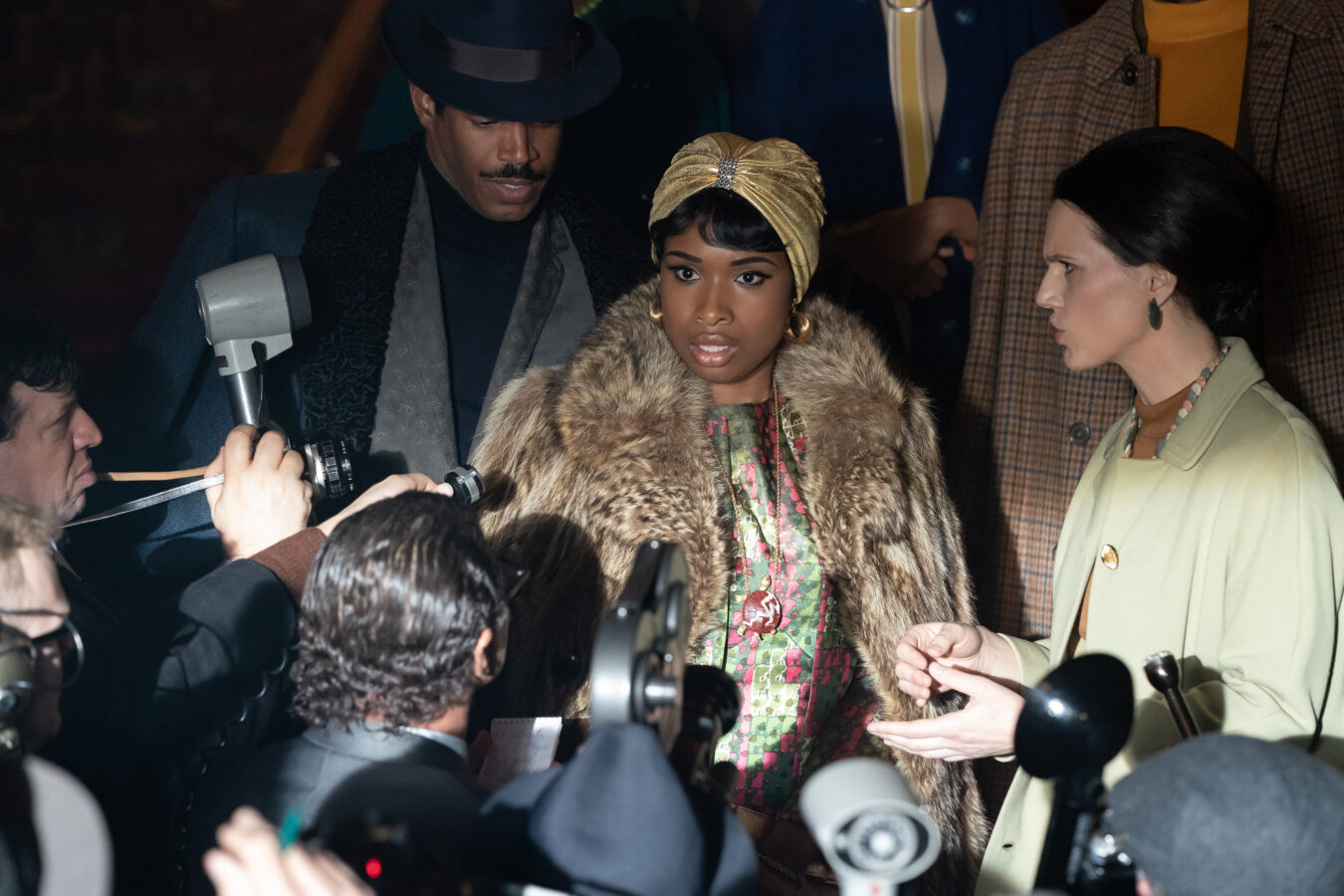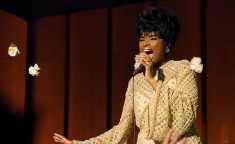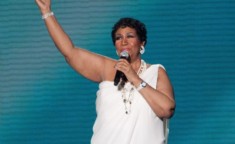In This Issue
The stars have been inching into alignment for Aretha Franklin's long-awaited biopic for decades. Aretha has long been an idol of Respect star Jennifer Hudson. So when the Queen of Soul handpicked Hudson to play her, most nodded in agreement, confident that almost nothing could sabotage the biographical film that was ingeniously destined for greatness. JHud has the voice, the acting chops, and the sass required to pull off the iconic role. However, when it comes to movies, period pieces in particular, casting is only one aspect of pulling together the enormous jigsaw puzzle. People view biographical films through a particularly critical lens. They scour scenes for authenticity and seek to be transported back to that specific time period.
Aretha's high-glam style, which dramatically evolved over time, is heavily documented, but there are periods from the singer's life—such as her childhood and other key events before she was catapulted into superstardom—where the Respect film's costume designer Clint Ramos had to get resourceful and press into his imagination.
"She was photographed a lot—but only at a certain point did she begin to be photographed—so I had to conjure up the rest through historical research," Ramos tells EBONY. His field research, which included reading any literature he could find about Aretha, led him to Black churches in multiple cities, including Atlanta, New Jersey, and Baltimore "They have old photo archives, albums, that are not online," he explains. The images uncovered in the church photobooks proved to be an instrumental tool that helped Ramos, whose background is in Broadway, to set the stage for the film's style and beauty teams. "It begins with the research and then you start sketching it out," says Ramos, who also did vintage shopping for the project in those areas as well.
As he pieced together looks based on his research, bringing them to life, Lawrence Davis, head of the film's hair department, was able to kick his creative process into overdrive. "I like to take a walk through the costume and art departments. No matter what I found on the internet, [walking through those departments and seeing the wardrobe and props] is when it all clicks and I click into place," shares Davis "It totally sets the tone for me."
Filming scenes with large crowds, such as concert and church scenes, proved to be a colossal effort. "It would get a little hairy," Ramos recalls. "You need like an army of people to help you with that." The days on set were long and sometimes daunting, but the chemistry amongst talent and staff helped to make the massive undertaking of sometimes dressing over 1,000 extras more manageable. "People don't realize that when you're doing a period film, every single person in that film has to go through hair, makeup, and costume," explains Davis.
Naturally, Hudson served as the perfect canvas for both creatives to bring forth their art and her humble spirit made the pot even sweeter. "Jennifer has a way of transforming. Whatever you put on her that's vintage, she totally transforms into it—whether it's hair or costume," says Davis "She can wear anything and turn into this vintage doll baby."
"She just says, 'Do your work on me,'" adds Ramos. "She's completely egoless. Completely tireless. She shows up. Never late and never complaining."
Davis and Ramos credit their chemistry and the strong spirit of collaboration amongst the hair and costume departments for the successful replication of Aretha's most iconic looks and the reimagining of of her darkest episodes. Through their expertise in their respective crafts and trust in one another, they added vital color and texture to the production that breathed life into the Queen of Soul's story, allowing it jump from the pages of the movie script and spring to life on the silver screen.
Catch a few of the eye-catching iconic looks they created for the film, below:

























